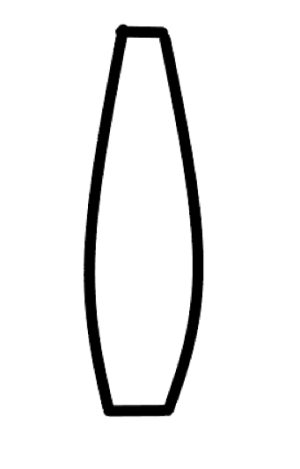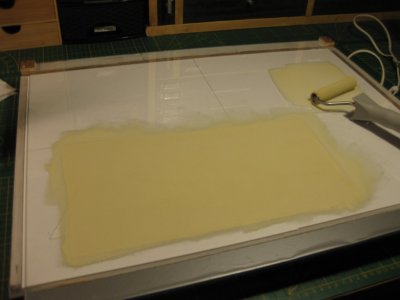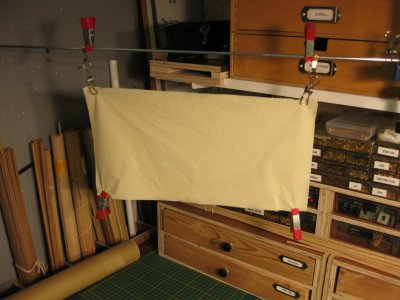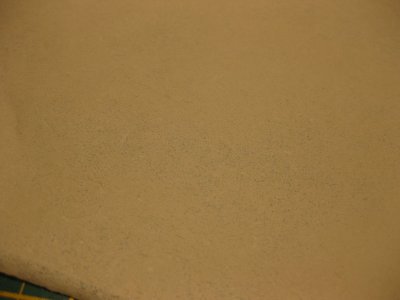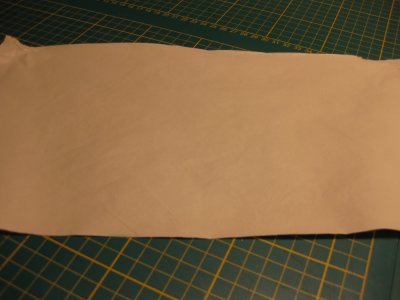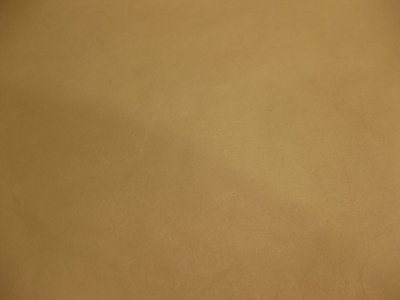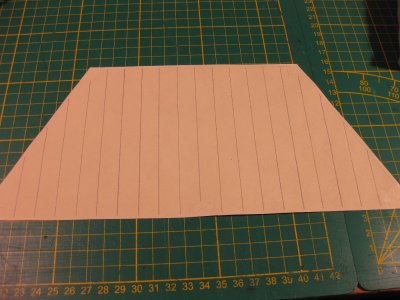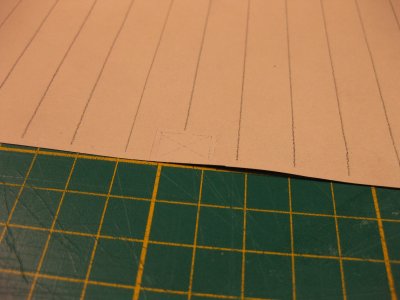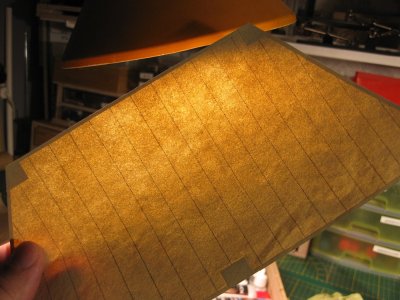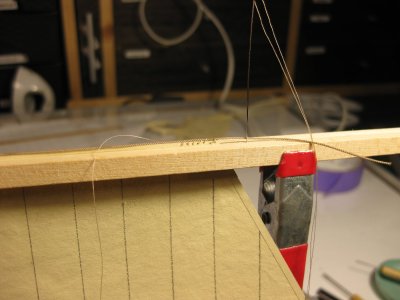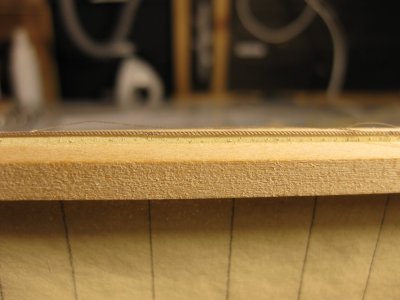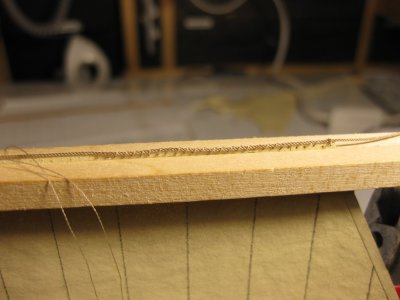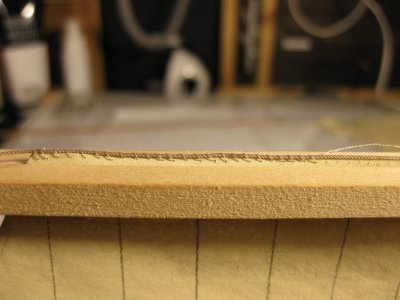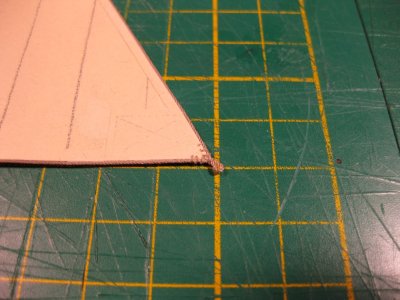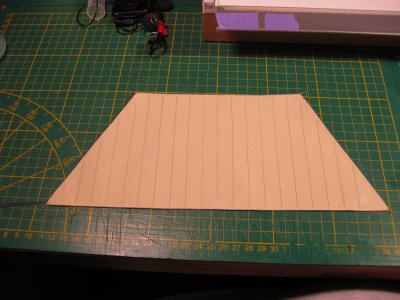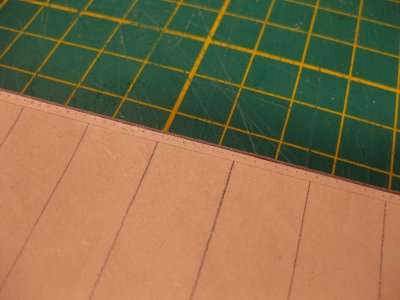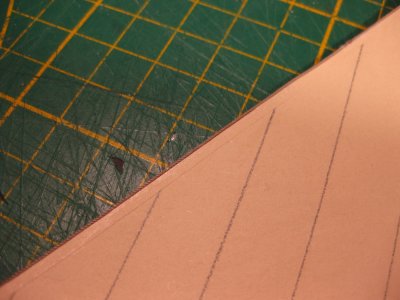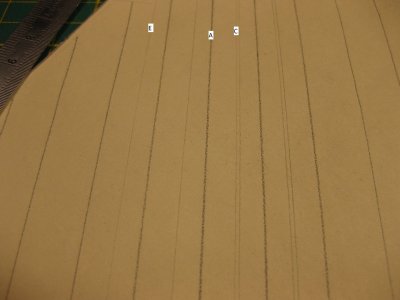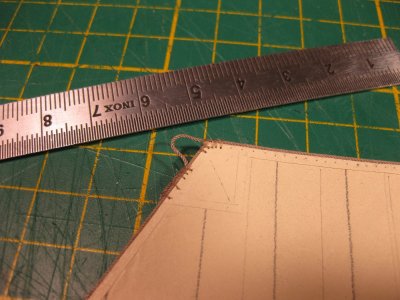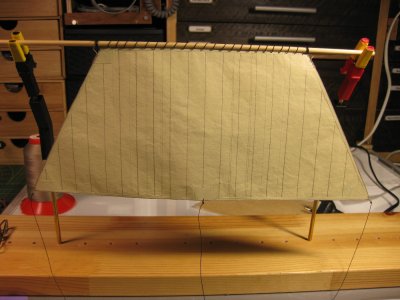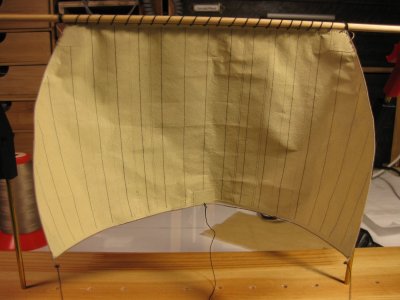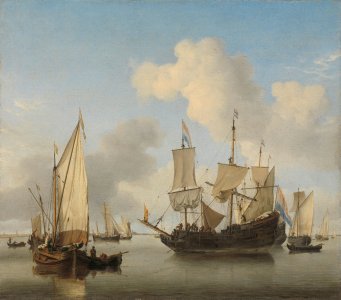Welcome back here.
My ast update on this ship is a year ago
Paul, Jim, Brad, ConsNZ, Kurt and shota thanks for the kind words. These are more then welcome. Also the likes are a warm welcome. No I didn't read them, Even the movie I didn't seen. I downloaded the ebooks of James Corey - Expanse (11) and put them in my reading list. Thanks for the advice...
shipsofscale.com
I'll hope you enjoyed that post/tutorial about how I made the tacks of a 17th century Dutch ship.
I did work on the ship a few times without placing updates. I was trying to make sails and I tell you that most of them ended in the bin. I tried cloth of different fabrics, I tried paper sails a few times. The method of Peter Voogt and his Bluenose (difficult because that is fragile to handle)
Back in 2020 I watched a video of Tom Lauria and in that time I saved it in my YouTube account for later and that times comes now after I watched it back a few times.
My first attempt was with Filmoplast@R and very thin cotton cloth
View attachment 511491
I made strokes of the Filmoplast@R (this is Japanese paper (8gmm2) with a layer of heat reaction glue.
View attachment 511492
These strokes I glued on the cotton.
View attachment 511493
I don't like the result.
The second attempt was with silk cloth
This one is for my Newport. I rigged a dark thread into the cloth and sealed the edges with Filmoplast@R
View attachment 511494
View attachment 511495
Time is wasted, not what I want.
Third attempt, Peters method combined with Filmoplast@R
Kashmir Japanese paper 11 grams per m2
View attachment 511497View attachment 511498
It looks better but.......
You have the need of Peter's fingers, patience and skills to handled that. That sail takes way to much time to make and is to fragile to handle.
So I go on with the video of Tom Lauria.
The silkspan I already have. In the Netherlands it is sold as modelspan or just Japanese paper Kashmir 11gm2 or Tengujo 18gm2 what is the same. For the Dutchies look in the online shop "De Kwast" they sell all you need.
I bought the paint Tom is also using, 2 colours Liquitex Titanium white and Unbleached titanium basic acrylic paint. I got mine from Bol.com
So Everything is complete and tomorrow I will start my first attempt making this kind of sails. What I have seen so far on Tom website, they are looking good.
First I make a few test pieces for the colour and see what the outcome is.
View attachment 511496
